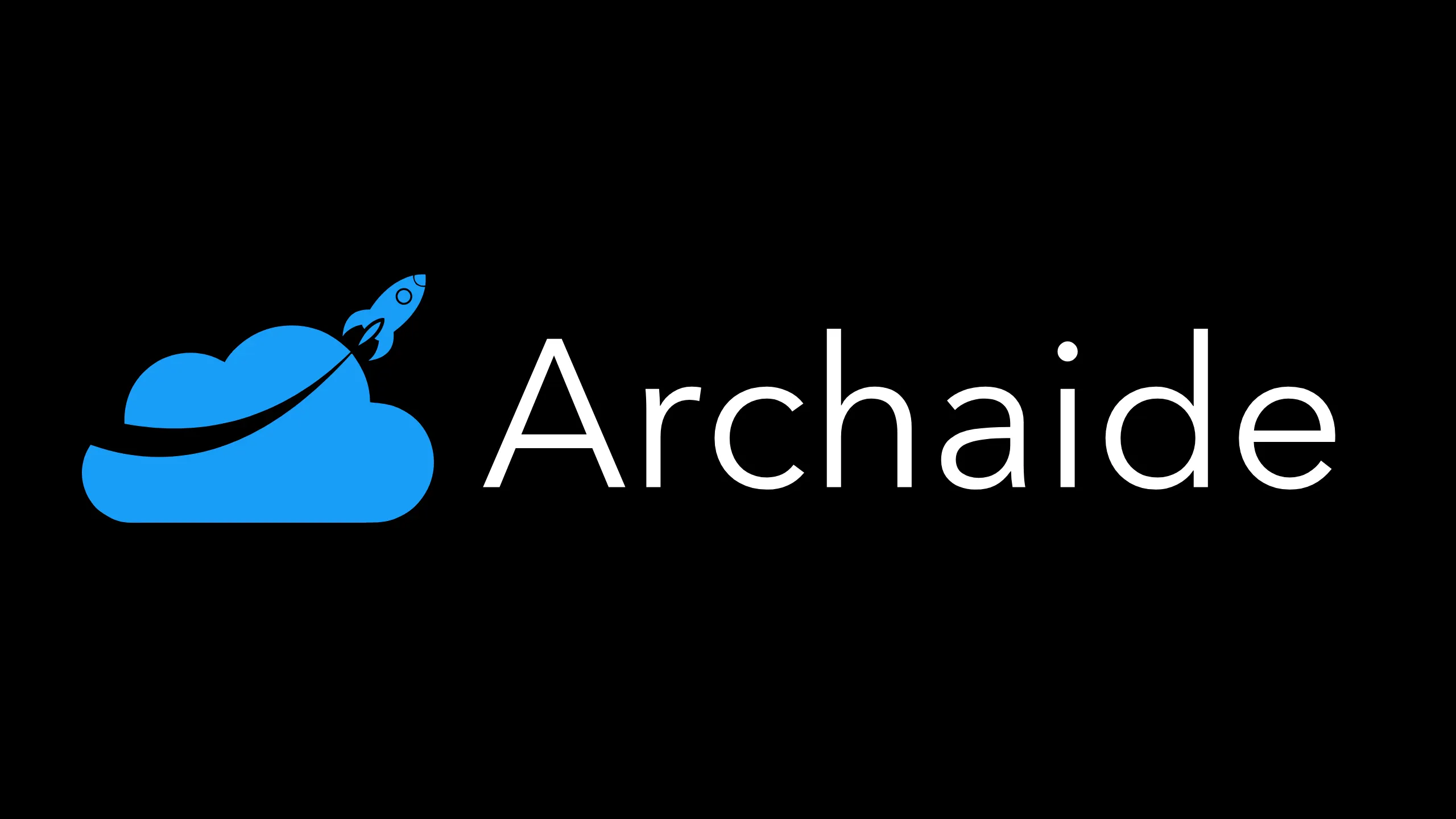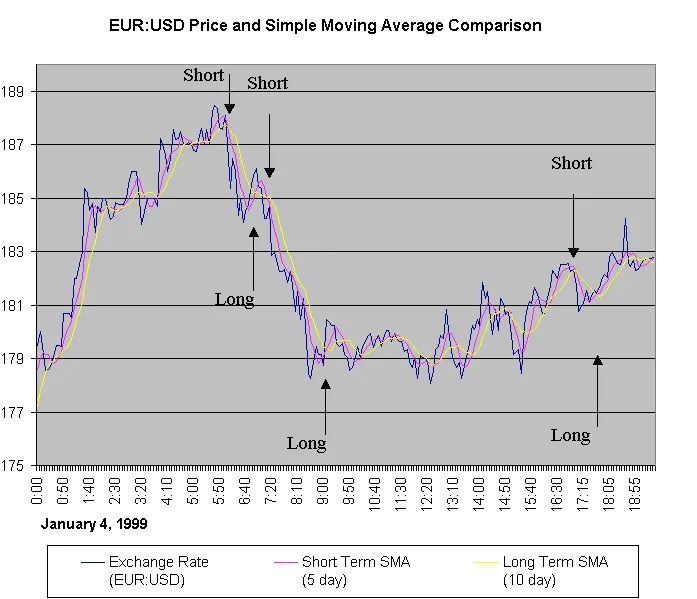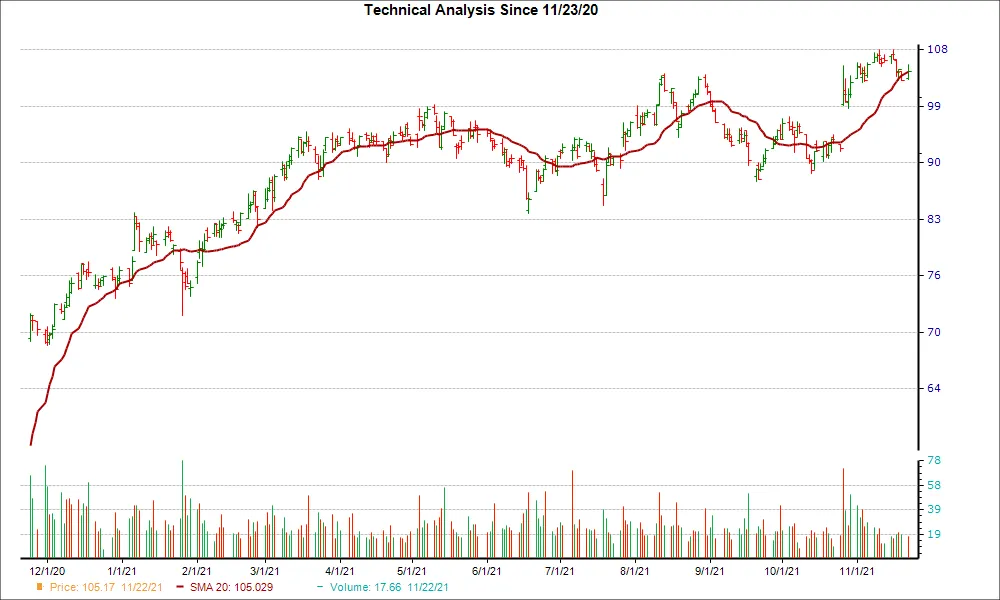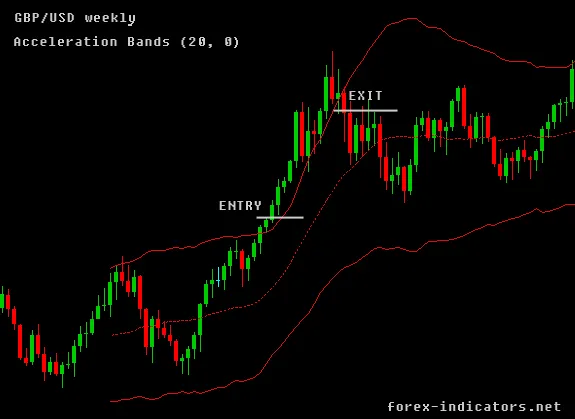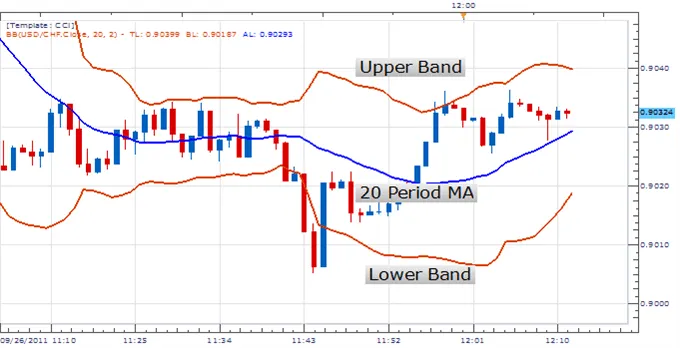Accumulation Distribution Strategy (A/D Strategy)
By Samantha Baltodano | Reviewed by Timothy Yslava
TL;DR:
The A/D strategy uses the supply and demand of a security to determine how you should trade.
It works something like this:
If the price of a security is increasing and fewer people are buying, then the A/D strategy signals a sell.
Likewise, if the price of a security is decreasing but more people are buying, then the A/D strategy signals a buy.
What Is the Accumulation/Distribution Strategy?
Before we get underway, let me define two important concepts for you.
- Accumulation: the level of buying for a security or its demand level.
- Distribution: the level of selling occurring or the supply of a stock or its supply level.
Now you know what the "A" and "D" stand for in "A/D strategy", let's get to business.
A good understanding of investment psychology is crucial to best understand this strategy. The same can be said for your understanding of supply and demand economics.
We'll assume that you have a good understanding of these concepts and will dive straight in.
As we mentioned earlier, the strategy uses volume and price to determine how you should trade.
The A/D strategy says you should buy when price is falling, but more people are buying (accumulation). The A/D strategy also says you should sell when price is rising, but fewer people are buying (distribution).
Let me break this down by giving you a super simple example with apples at a grocery store.
Simple Strategy Example: Apples @ The Farmer's Market
So, let's say one day you head to your local farmer's market in search of a good deal on apples.
As you arrive, you notice booths of sellers along both sides of the street. The sellers are selling all sorts of things... from strawberries to homemade bread.
You also notice swaths of buyers just like you - all eager to find what they think is a great deal.
You arrive at the first booth selling apples.
You see their supply of apples is massive (almost overflowing). Shortly thereafter, you notice how dirt cheap these apples are.
Now at first you're skeptical... you ask yourself, "are these apples poisoned?" Why is no one buying?
You ask the attendant for an apple. You take the apple in hand and inspect it closely. They look PERFECT! You cannot believe your eyes. The deal of the century - completely undiscovered.
In shock, you take a second before buying to look over your shoulder. You notice the swarm of buyers in full sprint toward your deal.
You look back at the attendant, her face is full of shock. Scared by the inevitable stampede, she reaches under her small table in search of a marker. She is moments away from increasing the price before the swarm of customers arrives.
This deal isn't going to last more than a few second more.
What do you do?
YOU BUY!
Of course you buy.
You buy as much as you can possibly carry and even then you try and buy more so you can sell them later the starving crowd!
In this example, we have a perfect example of the A/D strategy at work. Low price, high projected demand.
What Is the Accumulation/Distribution Formula?
There are three key components to calculating the A/D value:
- A/D = Previous A/D + Current Period’s Money Flow Volume
- Money Flow Volume = Money Flow Multiplier * Volume for the Period
- Money Flow Multiplier = [(Close Price - Low Price) - (High Price - Close Price )] / High Price - Low Price
The A/D line denotes a running total of volume over a given period.
First, use the closing price, high price, and low price range to calculate a money flow multiplier.
Next, multiply the money flow multiplier value by the volume for that period. This gives you the money flow volume.
Lastly, add the previous A/D value to the current period’s money flow volume and plot this on a chart to end up with the A/D line.
Figure 1. Image Sourced from the Corporate Financial Institute
Check out the relationship between the A/D line in gray and the stock price variation in orange in figure 1. The A/D line tends to positively correlate with the price variation line. As the price falls, A/D falls and as price rises, A/D rises.
How Do You Use the Accumulation Distribution Strategy?
If the A/D line and price are moving in the same direction, then you can be confident that the current trend is strong.
For example, the upward trend is not likely to lose momentum if the A/D line and price are both moving up. The trend will continue. Or, the price will trend down if both lines are moving downward.
What happens if the A/D indicator and price head in different directions? This is where you have the potential to avoid risk. When price rises and the A/D line heads downward, then the stock price will stagnate or change direction. If price is falling and the A/D line starts to move upward, then prices will stagnate or increase. Both of these situations are times of divergence. These points of divergence will be your signal to buy or sell.
Summary
- A/D is a volume based strategy. It compares volume level and price to decide if a stock is being accumulated or distributed
- Based on the supply and demand pressure of a security you can predict the security’s future price trend
- At points in time where price and the A/D line diverge from one another, that’s your indicator to buy or sell
Accumulation Distribution is one of many strategies that Archaide can automate. For a full list of strategies and studies available to you, please click here.
Like what you read? Check out the rest of our content!
